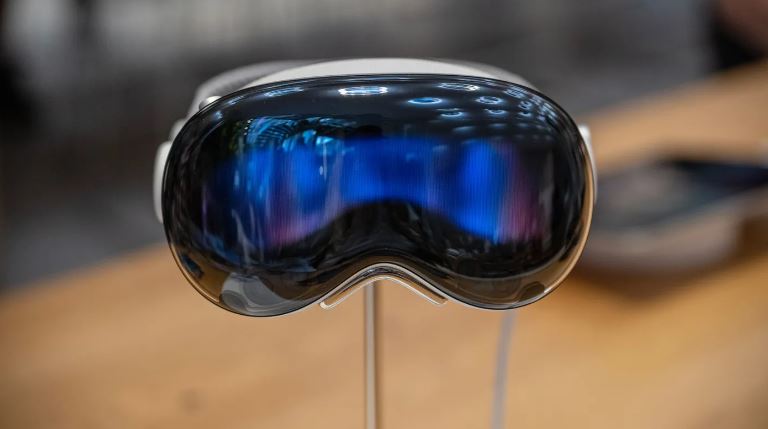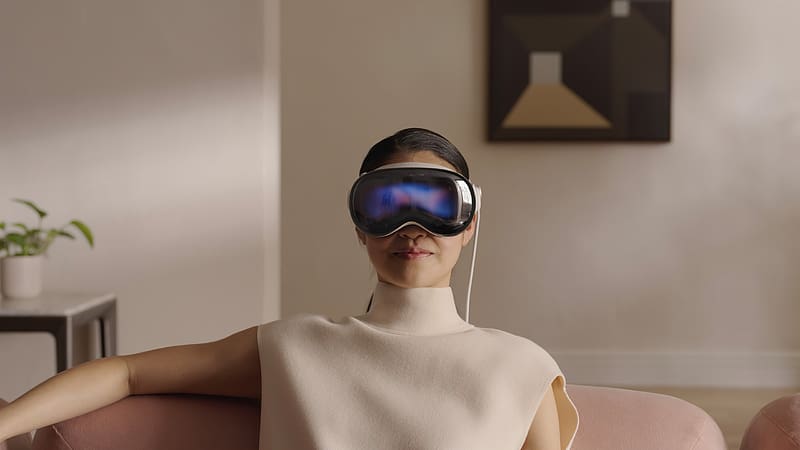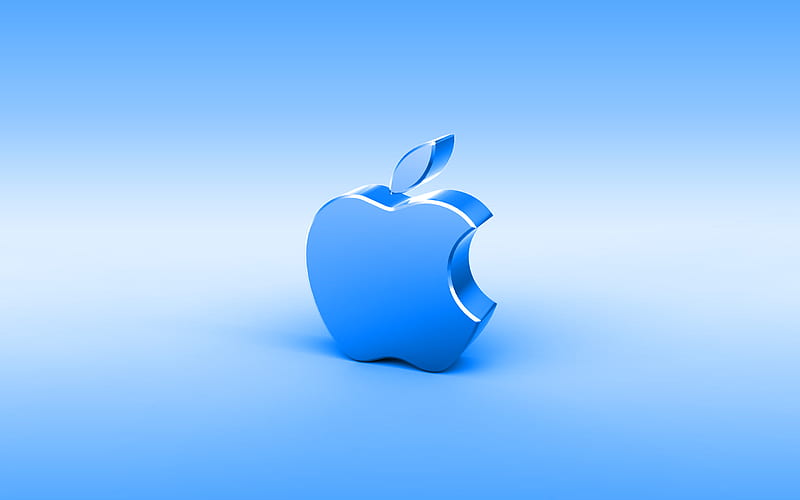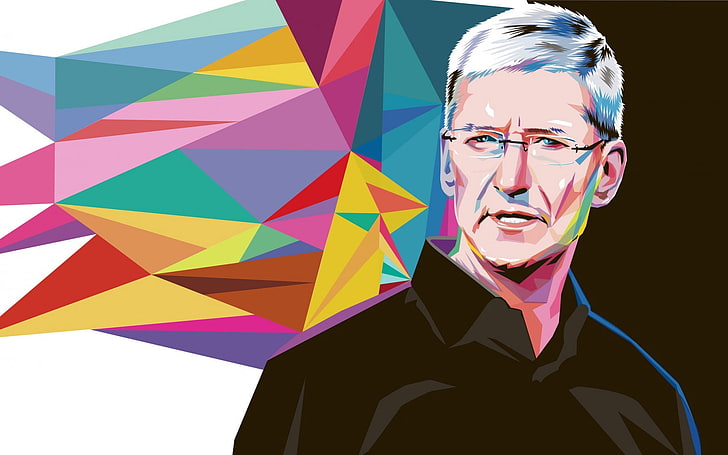
Could Apple’s $2,000 Vision Headset Be a Game Changer in 2025?
October 14, 2024Apple is gearing up for a major leap in the mixed reality space, with rumours circulating about a $2,000 Vision headset possibly launching as early as next year. While not as premium as the $3,500 Vision Pro, this version aims to offer a more affordable entry into the world of augmented reality. The upcoming device could feature a less powerful processor, use cheaper materials, and omit EyeSight (the feature that lets users’ eyes show through the display). However, it would still be a powerhouse that brings the futuristic blend of digital and real-world experiences to more users.
Table of Contents
What’s the Big Deal About This Headset?

Apple’s Vision Pro debuted with hefty expectations to redefine the mixed reality market, but it hasn’t quite made the splash Apple hoped for. Priced at $3,500, it was simply too expensive for most consumers. However, the possible release of this $2,000 version aims to make Apple’s futuristic technology more accessible, offering high-end features with a slightly lower barrier to entry.
If the rumours are true, Apple is cutting costs by using less expensive materials and opting for a more modest processor. It’s also dropping EyeSight, which is the feature that projects a user’s eyes onto the front of the headset to give others a view of what’s going on in the headset’s world.
More Affordable, Less Futuristic?
The idea behind the price cut seems to be about reaching a broader audience without compromising too much on quality. While the $3,500 Vision Pro is aimed at early adopters and tech enthusiasts, a $2,000 version could appeal to creatives, gamers, and professionals who are interested in mixed reality but don’t want to break the bank.
Apple is known for balancing design and functionality, and while this less expensive headset may lack some cutting-edge features, you can still expect it to push boundaries in terms of what a mixed-reality headset can do. For example, the core vision of augmented reality gaming, productivity, and immersive experiences would still be intact, even if it sacrifices some of the premium materials and advanced functionalities.
What’s Next for Apple’s Vision Line?

This $2,000 version is just the tip of the iceberg. Apple is reportedly working on a second-generation Vision Pro for 2026, which is expected to pack even more advanced tech and innovations. Beyond headsets, the tech giant is allegedly planning to release smart glasses and camera-enabled AirPods in 2027. These future products could expand the company’s AR and VR ecosystem even further.
The Vision headset series is part of Apple’s broader vision to revolutionize how we interact with digital environments. The tech giant has shown a commitment to making immersive tech part of everyday life, much like it did with the iPhone. While the price tag still places the Vision headset out of reach for casual consumers, the hope is that, over time, costs will continue to decrease, making mixed reality experiences as common as smartphones.
The Bigger Picture: Apple’s Smart Home Strategy
Apple is also reportedly ramping up efforts to expand its smart home ecosystem. One project includes an affordable, iPad-like screen designed to function as a central hub for tasks like watching TV, making FaceTime calls, and using apps. This device is speculated to enhance home automation and further integrate Apple’s ecosystem into day-to-day living. Moreover, Apple is exploring a tabletop device with a robot arm, potentially priced at around $1,000. This could revolutionize home management, entertainment, and communication.
Why This Matters

For many, the Vision headset represents the next big step in consumer tech. While it may still be priced at a premium, Apple’s dedication to refining and expanding the mixed reality space is significant. A $2,000 headset could be just the beginning of a more accessible future for this technology, especially as competition with other tech giants like Meta heats up.
Apple’s push to combine futuristic experiences with familiar, everyday applications (like its smart home strategy) is part of a larger ambition to make tech seamlessly integrated into our lives. This Vision headset may just be a step toward that goal, opening up new possibilities for interaction, entertainment, and productivity.



